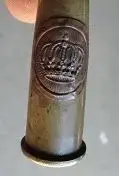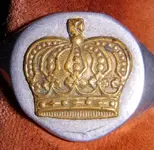vhs07
Bronze Member
- Joined
- Dec 24, 2007
- Messages
- 1,337
- Reaction score
- 2,212
- Golden Thread
- 0
- Location
- Victoria, Texas
- Detector(s) used
- Equinox 800, Nokta Impact, Tesoro Cortez

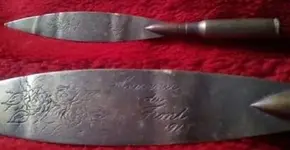
 I am not trying to detract from the thread, and your obvious research on this subject. I can only add that there seems to be a link between what the object is made from. ie: If it is made from an old shell casing or a whale tooth, or whatever, I am just presuming, probably quite wrongly, it is made as trench art or scrimshaw. Of course I haven't done the research as you have. But it is an interesting subject none the less. Of course the age of the shell casing and/or whale tooth can help in dating it.
I am not trying to detract from the thread, and your obvious research on this subject. I can only add that there seems to be a link between what the object is made from. ie: If it is made from an old shell casing or a whale tooth, or whatever, I am just presuming, probably quite wrongly, it is made as trench art or scrimshaw. Of course I haven't done the research as you have. But it is an interesting subject none the less. Of course the age of the shell casing and/or whale tooth can help in dating it.The bullet guys should be able to tell us more about this cartrige. Here are a few links on .303 Remington is listed as RA or REM-UMC but Im not a bullet guy. Headstamps of the .303 British Calibre Service Ammunition Round .303 Headstamp Cartridge IdentificationThat bullet looks to be .303 British, can you get some measurements of the slug and the shell? I know Remington made Enfield pattern rifles for WW1 (P-17 Enfield Rifle) but I didn't know they made .303 ammo for the war. The crown might be from a German match safe.
The crown on the cartridge is eerily familiar.
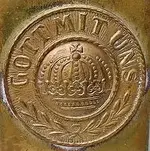
| Department of Taoiseach - Irish Soldiers in the Battle of the Somme Map of World War I Battlefields ... Including Somme ~ Verdun ~ Ypres. Left Click to enlarge. 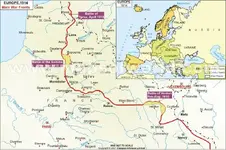 |
